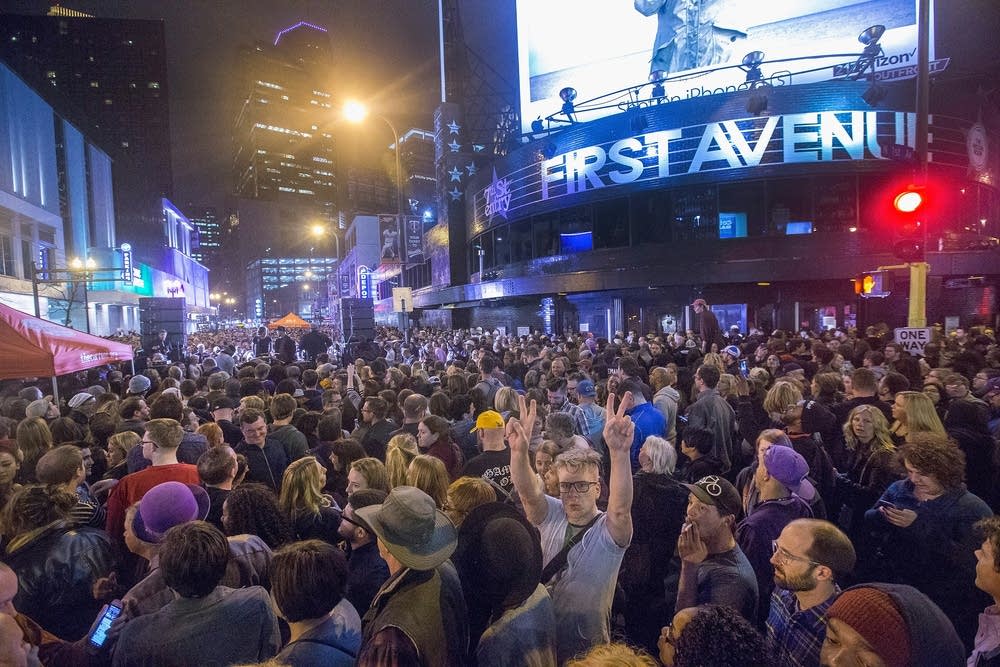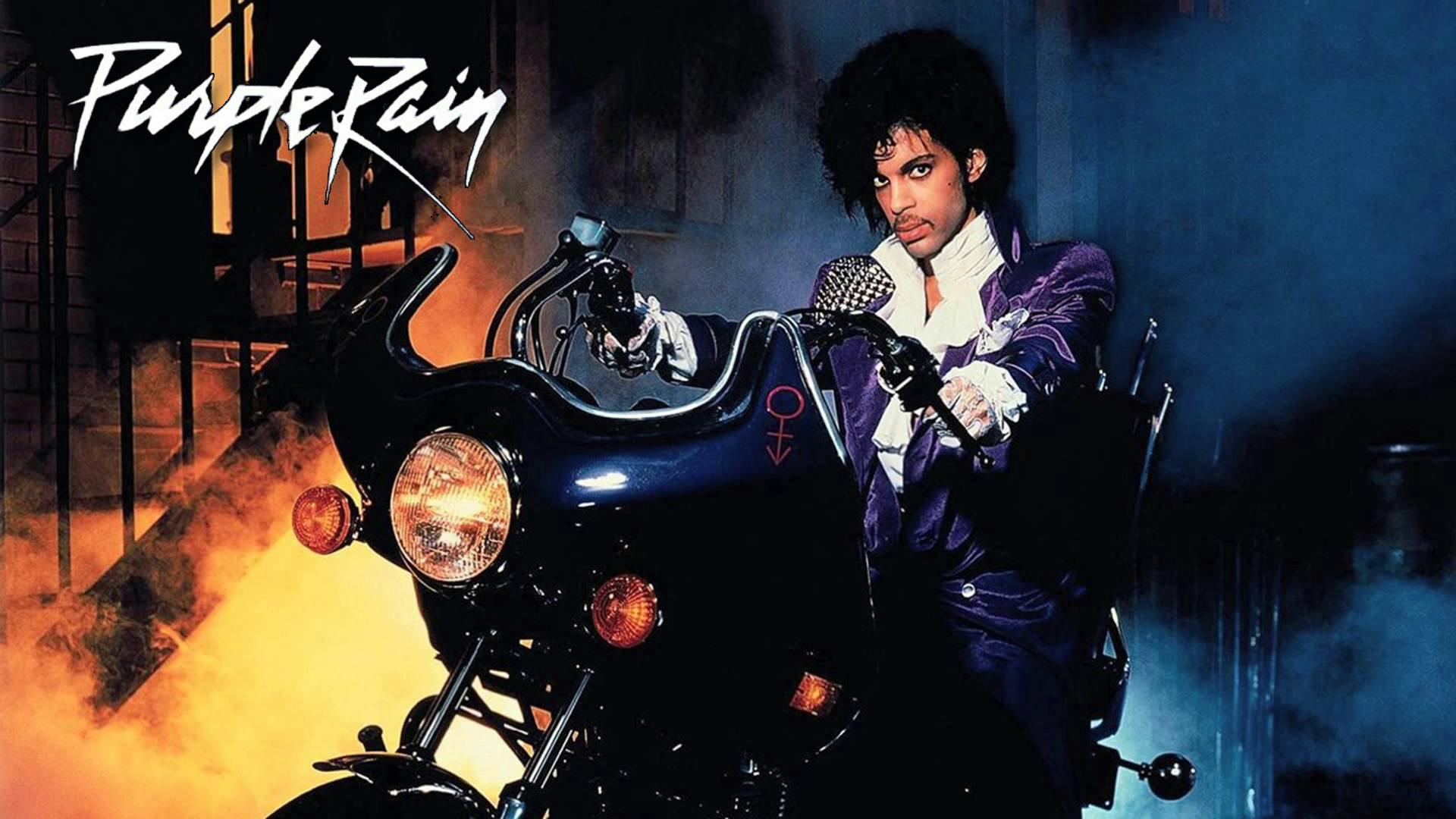In art, as in life, one should strive for balance in all things.
Since Jeff took the literary high road yesterday, in true Shakespearean style, I guess we all know which path I'll choose. (Spoiler alert... I'm all about the low-hanging fruit, so this is hardly an imposition on my part.)
And speaking of low-hanging fruit, today I'm taking you to Japan, for a look at one of the country's (*cough*) pedestrian culinary treasures...
Street food.
 |
| Fried potato on a stick, Fushimi Inari Shrine, Kyoto. |
(See what I did there.)
Every country and every culture has its version of street food - snacks or meals bought from a roadside vendor and consumed at nearby parks, on folding chairs, or wandering through a variety of fascinating shops and stalls.
 |
| The vendor approach at Fushimi Inari Shrine |
In Japan, the best and most bountiful street food offerings are usually found on the streets approaching Shinto shrines or Buddhist temples. Vendors line the streets from dawn until dusk (and sometimes after dark), and in some places tiny permanent shops along the road (many of which have been there for generations) also offer a variety of delicious snacks and treats.
Although the offerings vary regionally, and with the seasons, it's also possible to find a few favorites country-wide. Among the more ubiquitous:
Imagawayaki - small, thick pancakes filled with sweetened bean paste. (In some places, you also see them filled with custard, meat, or other things, though adzuki bean is by far the most common filling.)
 |
| Sweet pancake filled with adzuki bean paste. |
Many are shaped like animals, and the best ones are purchased and eaten warm, moments after the vendor pulls them off the griddle.
 |
| The same pancake, before I bit his head off. |
Takoyaki- savory ball-shaped pancakes filled with octopus. (No photos of this one; most of the vendors don't permit photos, and since I'm allergic to fish and uncertain whether or not I'm allergic to octopus, I take a pass on the takoyaki balls.)
Taiyaki - fish-shaped cakes filled with custard or sweet adzuki paste.
 |
| I eat far more of these than I should. |
 |
| I regret nothing. |
Yaki Imo - roasted sweet potatoes - generally seen in the autumn (and, sometimes, winter). Vendors roast them over charcoal and sell them wrapped in paper.
Kuri - chestnuts - also roasted directly by the side of the road (or on a cart in the park) and eaten from paper bags while hot enough to burn your fingers. Mmmmm....
Different treats are popular in different seasons, and regional specialties play a major role in the Japanese street food scene as well.
In the ancient capital city of Kamakura - now famous for its many shrines and temples - I found candied grapes:
 |
| Like candied apples, but better. |
And in the Japan Alps, along a preserved section of the old Nakasendo travel road that once connected Tokyo (then Edo) with Kyoto, the local treat is gohei mochi: rice balls basted with a sweet peanut and walnut glaze and grilled over open charcoal fires.
 |
| Ate too many of these as well. Once again, I REGRET NOTHING. |
Street food isn't limited to shrine and temple approaches, either - Japan has elevated snacking and roadside meals to a high and carefully practiced art. Many of my best meals in Japan have come from tiny restaurants, roadside carts, or vendor stalls - so much so that I regularly skip whatever meal would otherwise precede a trip to a shrine or temple.
It's not a question of whether I'll find something interesting along the way ... merely a matter of how quickly I fill up.
 |
| This is not something you want to find when you're already full. |
And if I have to choose between the healthy, balanced breakfast I'd otherwise eat at home and a Japanese cream puff ... healthy breakfast never had a chance.
What's your favorite street food, and where does it come from? I shared ... now you share!













































